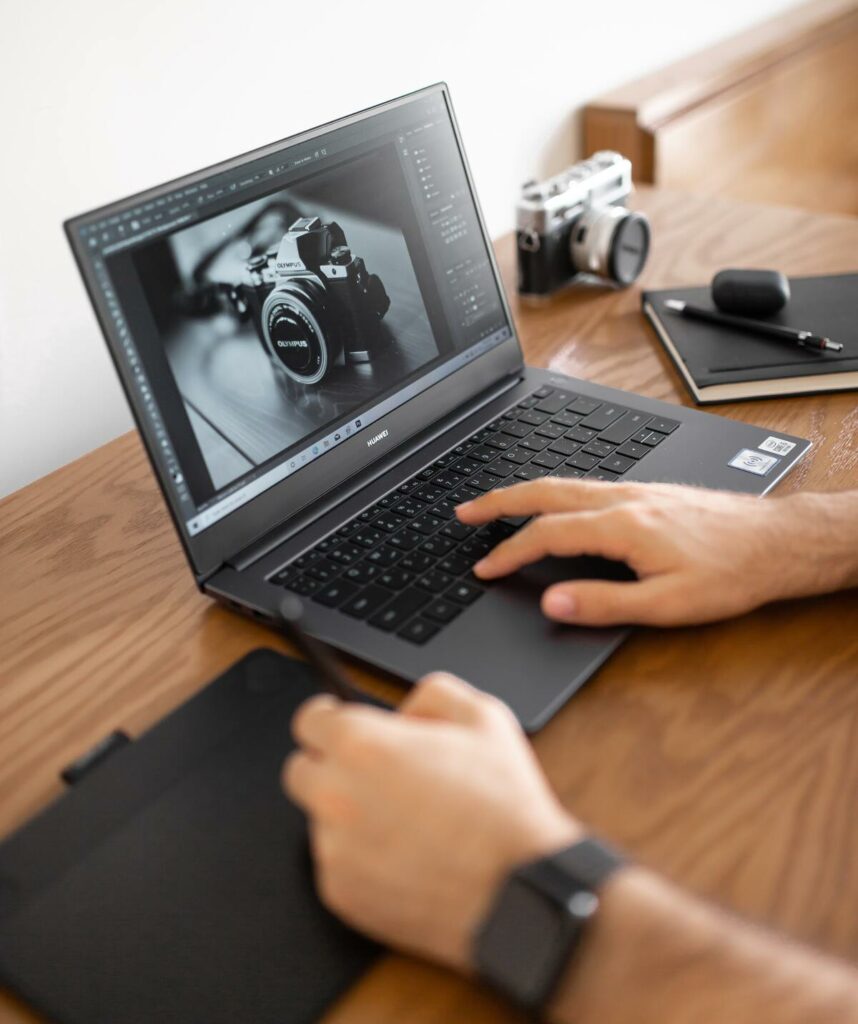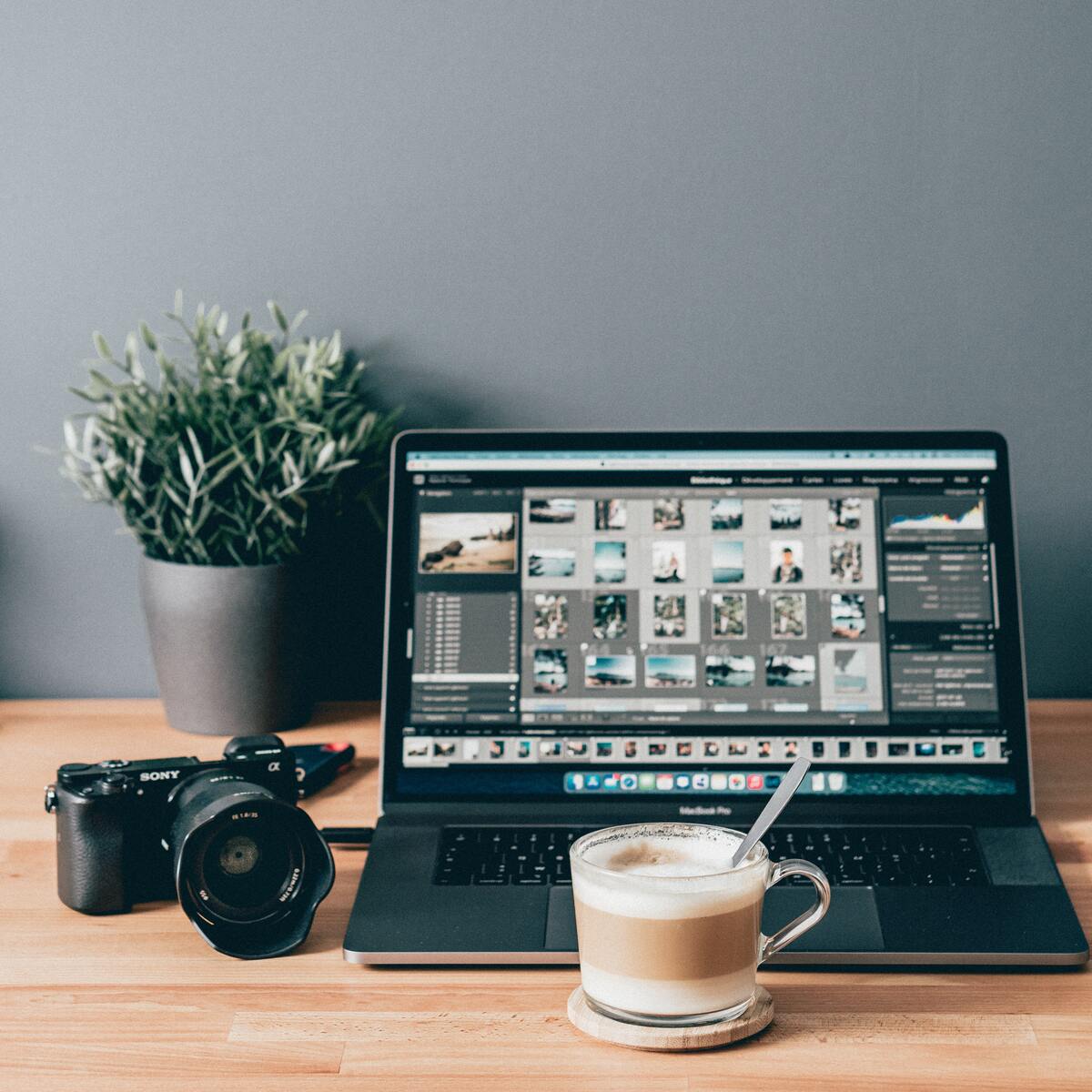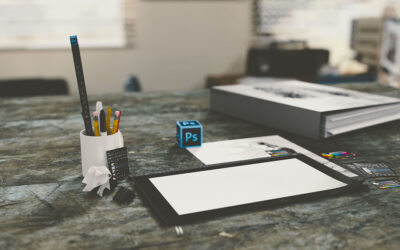A key tool in picture editing is layers, which let you adjust an image without impacting the original file. They resemble a stack of transparent sheets with each sheet containing a different part of the image. By doing so, you can edit each layer independently and produce a composite image that is more intricate.
Importance of layers in creating stunning composites
Because they provide you greater control over the components of an image, layers are essential for producing beautiful composites. With layers, you may precisely pick and mask objects, change the opacity of particular components, and flawlessly blend photos together. This enables you to produce distinctive, captivating photographs that stand out from the competition.
The fundamentals of layers in photo editing will be covered in this article, including:
- How to create, edit, and manage layers in well-known photo editing software
- Methods for combining photos using layers and masks
- Innovative ways to use layers to improve your composites, such as color, lighting, and texture changes.
You will have a better understanding of how to use layers by the end of the article to advance your picture editing abilities and produce gorgeous composites.
Explanation of layers in photo editing
A stack of images or components inside an image that can be independently edited is referred to as a layer in photo editing. Imagine a stack of transparent sheets, each containing a distinct part of the image. This enables you to modify a certain portion of an image without affecting other components. Working with many photos and combining them into a single composite image is also made simpler by layers.
Different types of layers and their uses
In photograph altering tools like Adobe Photoshop, there are different sorts of layers, including:
• Image layers: You can add new parts to your composite by utilizing layers of this sort, every one of which contains a whole picture.
• Adjustment layers: These layers let you adjust the general appearance of the picture, like its splendor, differentiation, and variety, without changing the first picture.
• Type layers: As the title shows, text can be added to pictures utilizing this kind of layer.
• Layers used to deliver vector designs, like structures, lines, and pathways, are known as vector layers.
• Mask layers are utilized to stow away or uncover specific segments of a picture.
Advantages of using layers in photo editing
In picture editing, layers are a potent technique that can significantly improve the quality of your composite photographs. Understanding how to use layers is a crucial ability for producing amazing photographs, regardless of whether you’re a seasoned photographer or just getting started.
Using layers in editing photos has a lot of benefits, such as:
- Non-destructive editing: Layers provide you the freedom to experiment with various adjustments because they let you to make changes to an image without impacting the original file.
- Greater control: By using individual layers, you can exert more authority over the components of your image, giving you more freedom to assemble beautiful composites.
- Organization: By keeping your work structured with layers, you can more easily keep track of the changes you’ve made and make revisions as necessary.
• Reusability: Layers simplify it to reuse parts from one picture in another, empowering you to order a library of parts for use in subsequent projects.

How to create a new layer in your photo editing software
It’s easy to add a new layer in your photo editing software. Use these general guidelines to build a new layer in well-known photo editing applications like Adobe Photoshop:
• Open your image in the photo-editing program.
• Select the “Create a New Layer” button from the Layers panel, which is normally shown as a square with a folded corner.
• Select the “Create a New Layer” button from the Layers panel, which is normally shown as a square with a folded corner.
• Give the name of your new layer some context, and then click OK.
You can now add objects to your new layer after it has displayed in the Layers window. Remember that the specific procedures for creating a new layer may vary slightly depending on the photo-editing program you’re using. Examine the software’s manuals or other resources for more details.
Duplicating existing layers
Duplicating existing layers is a useful technique for making multiple copies of the same element in your image. To duplicate a layer in popular photo editing software such as Adobe Photoshop:
- Right-click on the layer you want to duplicate in the Layers panel.
- Select “Duplicate Layer.”
- Give your duplicated layer a descriptive name and click OK.
Now you have a copy of the original layer that you can manipulate independently.
Adjusting layer opacity and blending modes
By modifying a layer’s opacity, you can control how transparent it appears, and blending modes have an impact on how the layer interacts with layers underneath it. You can alter a layer’s opacity and blending mode in well-known image editing applications like Adobe Photoshop by carrying out the following actions:
- Select the layer you want to edit in the Layers window.
- Use the Opacity slider in the Layers panel to modify a layer’s opacity.
- Use the drop-down menu under Blending Mode to select your favorite blending mode.
By changing a layer’s opacity and blending mode, you may produce a range of effects and control how a layer interacts with other elements in your image.
How to select and manipulate individual layers
The method involved with selecting and changing individual layers is essential to photograph altering. Here is an overall instruction to picking and working with layers in Adobe Photoshop:
• Select the layer you wish to work with in the Layers window.
• Pick the piece of the layer you wish to alter utilizing the Rope, Sorcery Wand, or Fast Determination devices.
• Once you are done with selection, you can change the selected part of the layer using tools like the Clone Stamp, Recuperating Brush, or Change devices.
Be aware that depending on the image editing program you’re using, the exact techniques for picking and changing layers may differ slightly.
Adding masks to layers
Masks are a useful tool in photo editing that permits you to hide or uncover explicit pieces of a layer. Here is a general guide for adding masks to layers in image editing tool like Adobe Photoshop:
• Go to the Layers board and select the layer you need to add a veil to.
• Click on the “Add Layer Mask” button, typically addressed by a rectangle with a circle in the middle.
• Use the Brush tool to cover up the pieces of the layer you need to uncover or hide.
By adding masks to layers, you can manage the visibility of certain image parts, making it easier to create awesome composites.
Adjusting layer properties, such as size and position
A key aspect of photo editing is changing layer attributes like size and position. Here is a brief overview of how to change layer parameters in well-known picture editing programs like Adobe Photoshop:
- Select the layer you want to modify in the Layers window.
- To change the size and location of the layer, use the Transform tool.
- Use the Width and Height sliders in the Options bar or type in values manually to resize the layer.
- Use the X and Y coordinates in the Options bar or drag the layer to the desired area to position it.
You may control the positioning and size of elements in your image by modifying layer attributes, such as size and position, which makes it simpler to make beautiful composites.
Combining multiple images into a single composite
In photo editing, combining several pictures into a single composite is a common technique that lets you produce distinctive and appealing images. Here is a general instruction for using well-known photo-editing software like Adobe Photoshop to combine many photos into a single composite:
- Open the photos in your photo-editing application that you want to combine.
- Drag every picture into the primary composite file.
- In the Layers panel, arrange the pictures so that they are layered in the order that you want them to appear in the composite image.
You can produce visuals that are more complicated and aesthetically appealing than a single image alone by combining several images into a single composite.
Using blending modes to create a seamless blend between layers
In photo editing, blending modes are crucial tools that let you manage how layers come together. Here is a broad overview of how to use blending modes in Adobe Photoshop:
• Select the layer you want to modify in the Layers window.
• Select the desired blending mode from the Blending Modes dropdown menu in the Layers panel.
• Try out several blending modes to determine which one produces the desired effect.
You may manage the way layers blend together and produce a flawless mix between layers in your composite image by using blending modes. Overlay, Soft Light, and Screen are a few of the well-liked blending options. You may create beautiful graphics that smoothly combine various elements by using blending modes.
Importance of non-destructive editing
A basic concept in photo editing is non-destructive editing, which enables you to modify your images without permanently changing the original one. Non-destructive editing is essential since it enables you to experiment, try out new things, and make adjustments without worrying that you’ll lose your original image.
The use of adjustment layers and layer masks allows for non-destructive editing in photo editing tools such as Adobe Photoshop. Without actually changing the source image, adjustment layers let you adjust the overall image’s brightness and contrast. Layer masks make it simple to make selective alterations to your composite image by allowing you to decide which layers are visible.
Making adjustments to your photos using non-destructive editing gives you the confidence that you can always go back to the original picture if necessary.
Saving and organizing your layers for future use
It’s crucial to save and organize your layers so you can access and reuse them in later projects. An overview of saving and arranging layers in Adobe Photoshop is provided below:
- Go to File > Save As and choose the desired file format, such as PSD, which supports layers.
- In the Layers panel, create folders and label each layer to keep your work organized.
- Save your work frequently and keep backup copies in case of a software crash or other unexpected event.
You can access and reuse your layers with ease in subsequent projects by saving and categorizing them, which will ultimately save you time and work.
Experimenting with different techniques to find what works best for you
Finding the photo editing methods that work best for you requires a lot of experimentation. Try multiple methods and play around with various tools; there is no right or wrong way to make a composite image. Here are some pointers for trying out various methods:
- Experiment with various blending settings and layer masks to see how they impact how your composite image appears overall.
- Try with several color correcting methods, such as adjusting the saturation and hue, to see which suits you the best.
- To give your composite image unique effects, use filters and plugins.
You can create your own distinctive style by testing various editing methods and discovering what works best for you. You will get better at producing amazing composites as you do more experimenting.
In conclusion, using layers in photo editing is an essential method for producing great composites. Layers provide you the flexibility to alter your image while maintaining the integrity of the original. It is crucial to experiment with various ways, save and organize your layers, and use non-destructive editing.
We hope this article has given you useful information on how layers are used in photo editing and inspired you to attempt the techniques described. It’s fascinating and fulfilling to learn layers because of the virtually endless possibilities they offer in photo editing. The possibilities are unlimited, ranging from changing layer blending modes and opacity to include masks and modifying layer characteristics.
Start your photo editing journey now to discover where it takes you. Bulk Editing professional photo editing services can be helpful if you don’t have enough time for post processing.




